In the modern era, it’s impossible to imagine our nation’s leaders being any younger than in their mid-50s, stressed out, worn down, and disenfranchised through the stresses of politically charged brawls and grudge matches. It’s almost a requirement to have our politicians show the first hints of gray hairs and crow’s feet to prove their qualifications to lead. But hundreds of years ago, when political systems were rooted in bloodlines and built on the foundation of familial hierarchy, it wasn’t uncommon to find yourself at the mercy of the fluctuating mood swings of a preteen boy or girl.
Nepotism was the law of the land. Thankfully those traditions are long past. But even today, we feel the subtle echoes of a system that allows for decisions to be made behind the curtains by people too young and inexperienced to take on the responsibilities of a head of state. Today, we’re going to peer into the past and look at some of the youngest Kings to assume the throne and bear the weight of an entire nation.
8. Murad IV
Age: 11
Born: 07/27/1612
Dynasty: Ottoman
Reign: 1623-1640
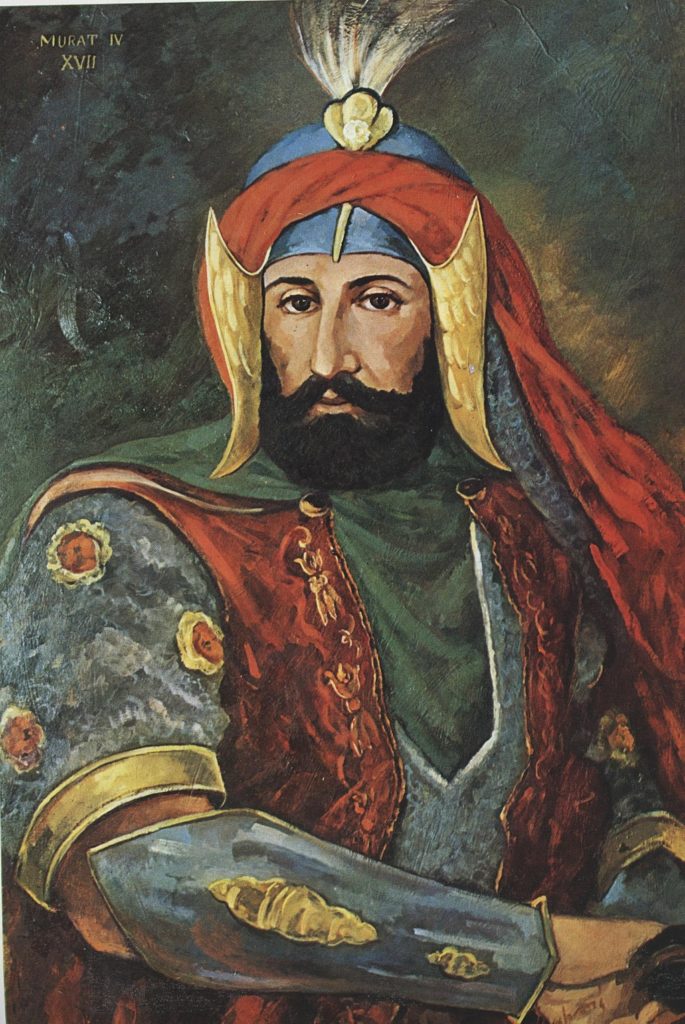
Murad IV was just 11-years-old when he became Sultan of the Ottoman Empire. Much like how most 11-year-olds would react, Murad wasn’t immune to the corrupting nature of ultimate power. It’s safe to say he might have even gotten a little carried away in his bloodlust. He was known as a young tyrant, and it was his mission to quell any rebellion against his government.
To show his resolve, he banned tobacco, coffee, and wine shops after he suspected that citizens would gather there to plot against him. Anyone found smoking would be executed without prejudice as well. Ironically, his rule ended in 1640 when he died of alcoholism, and it makes sense considering he kept all the drinks to himself!
Did You Know?
His tenure as king was defined by the Ottoman-Safavid War (1623-1639). The results of this war have had everlasting impacts and it’s seen as the genesis for the borders between Turkey, Iran, and Iraq.
7. King Tutankhamun
Age: 9
Born: 1341 BC
Dynasty: 18th
Reign: 1332-1323 BC
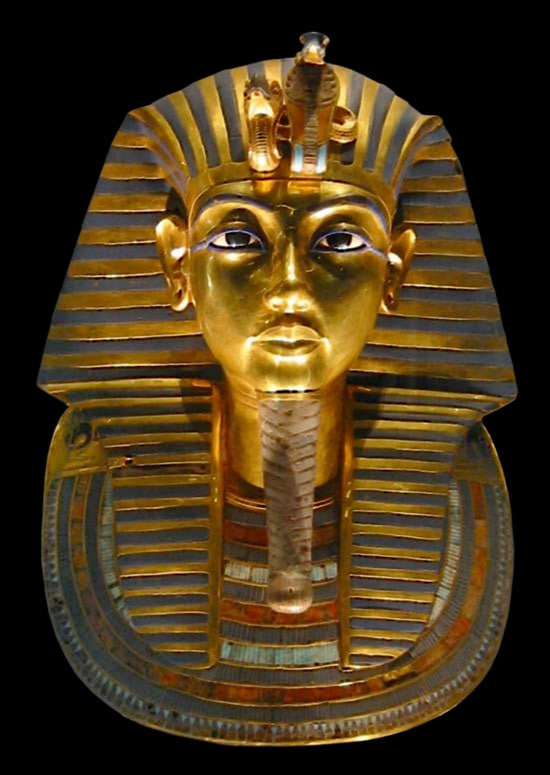
King Tut is arguably the most recognizable ruler in the world. That is thanks to the incredible discovery in 1922 of his intact tomb and remains one of the crowning, most notable achievements in archaeology to this day. The implications this discovery had on our understanding of Egyptian rule, culture, and overall history are immeasurable and have done a lot to progress our knowledge of one of the most mysterious eras in human history.
King Tut was only nine years old when he became ruler. He’s responsible for restoring the Ancient Egyptian religion after it was all but destroyed by his father. Tut was king in name but not in physical stature. He had several ailments and deformities as a result of inbreeding. He had a deformity to his left foot, scoliosis, and bone necrosis that forced him to walk with a cane, which was buried with him.
Did You Know?
Debate’s surrounded the circumstances of his death with no conclusive evidence pointing in any direction. Scientists suggest that it was probably a combination of factors that involved his weakened bones, fractures, and possible malarial infection. Some believe that sickle cell anemia may have been a cause as well.
6. King Oyo of Toro
Age: 3
Born: 04/16/1992
Dynasty: Babiito
Reign: 1995 – Present
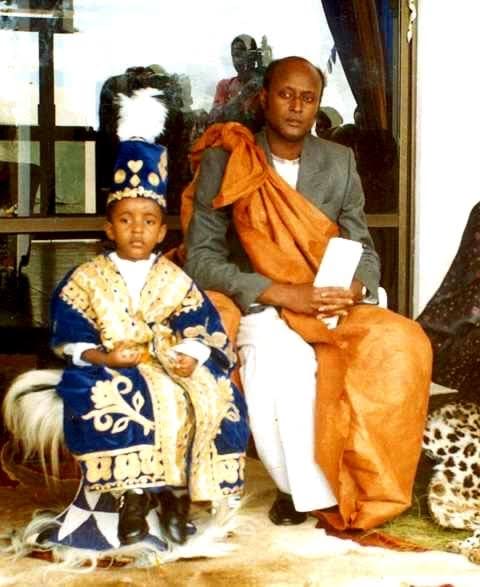
Rukidi IV of Toro was only three years old when crowned king. As the current leader as of 2022, he holds the world record for the youngest reigning monarch and is 29-years-old. During his coronation, he stayed consistent with typical toddler behavior.
Instead of worrying about earning respect befitting for a ruler by sitting upright and looking powerful, he played with toys, fiddled with his crown, and even crawled away back into his mother’s arms. Oyo is the 12th ruler of the 180-year-old Kingdom.
Did You Know?
King Oyo graduated from the University of Winchester with a bachelor’s degree in business management.
5. Pu Yi
Age: 2
Born: 02/07/1906
Dynasty: Qing
Reign: 1908-1912
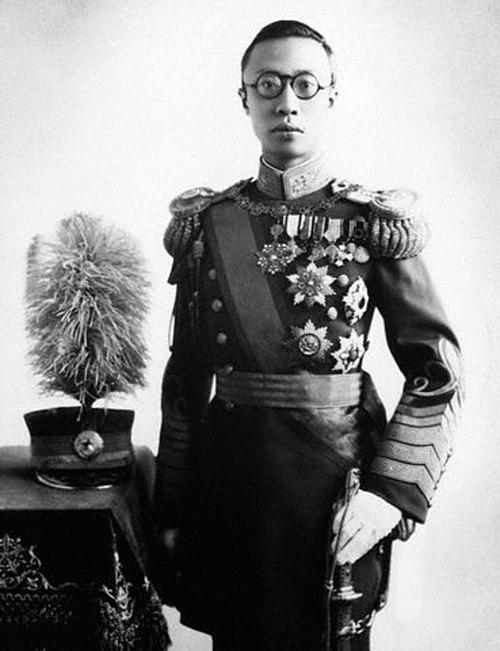
Pu Yi became emperor of China in 1908 at two years old. He didn’t enjoy rule for long when only three years later, a revolution dissolved the imperial system of government, and from the ashes, the Republic of China was born. Chinese history was forever altered. It meant Pu Yi was a king without a crown.
Despite his title being stripped, he still enjoyed the pleasures of royalty and lived a lavish life in Beijing. All good things come to an end. Yi was expelled from Beijing and fled to Japan, where he became a Manchurian candidate of sorts. He was a puppet emperor for a Japanese-controlled state in China, captured by Russians in WW2, and thrown in prison as a war criminal.
Did You Know?
His fall from grace was fit for the Hollywood screen. Pu Yi went from royalty to a lowly gardener who died of cancer in 1967. His life was the subject of the Oscar-winning film “The Last Emperor.”
4. King Sobhuza II
Age: 1
Born: 07/22/1899
Dynasty: King of Swaziland
Reign: 1899-1982
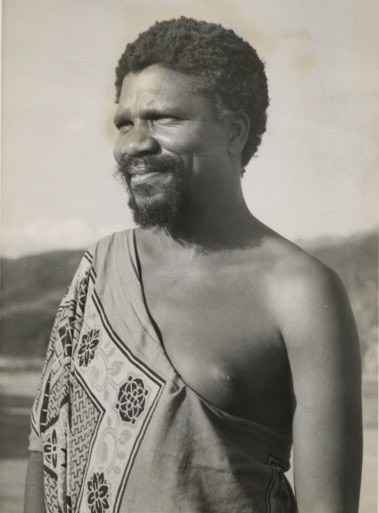
King Sobhuza II is the longest-tenured monarch in history. His rule was instrumental in his country’s survival as he fought for its independence from the British. He was beloved amongst his people for his empathetic style of command and flourishing economy.
Sobhuza II was thrust into power when his father died suddenly while dancing.
Did You Know?
Sobhuza II studied anthropology in England.
3. Henry VI
Age: 9 months
Born: 12/06/1421
Dynasty: King of England
Reign: 1422-1461
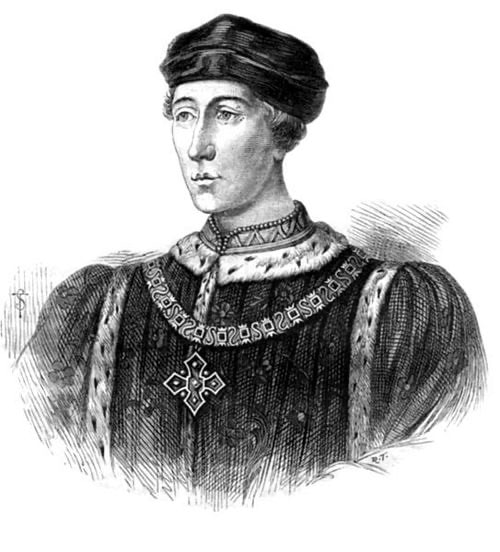
Henry VI became the youngest ruler in British history when crowned at only nine months old. In case you’re wondering how in the world would a baby take control of an entire nation, he didn’t. Only king in name, his immediate family undertook the bulk of the responsibility.
Henry VI met an unfortunate end. He was murdered in the Tower of London at 50.
Did You Know?
Two royal houses became entangled in a power struggle to claim the throne. Henry’s Lancaster house battled the Yorks house in a clash known as the War of Roses. Henry lost this bout, and it’s what led to his demise.
2. Alfonso XIII
Age: On birth
Born: 05/17/1886
Dynasty: King of Spain
Reign: 1886-1931
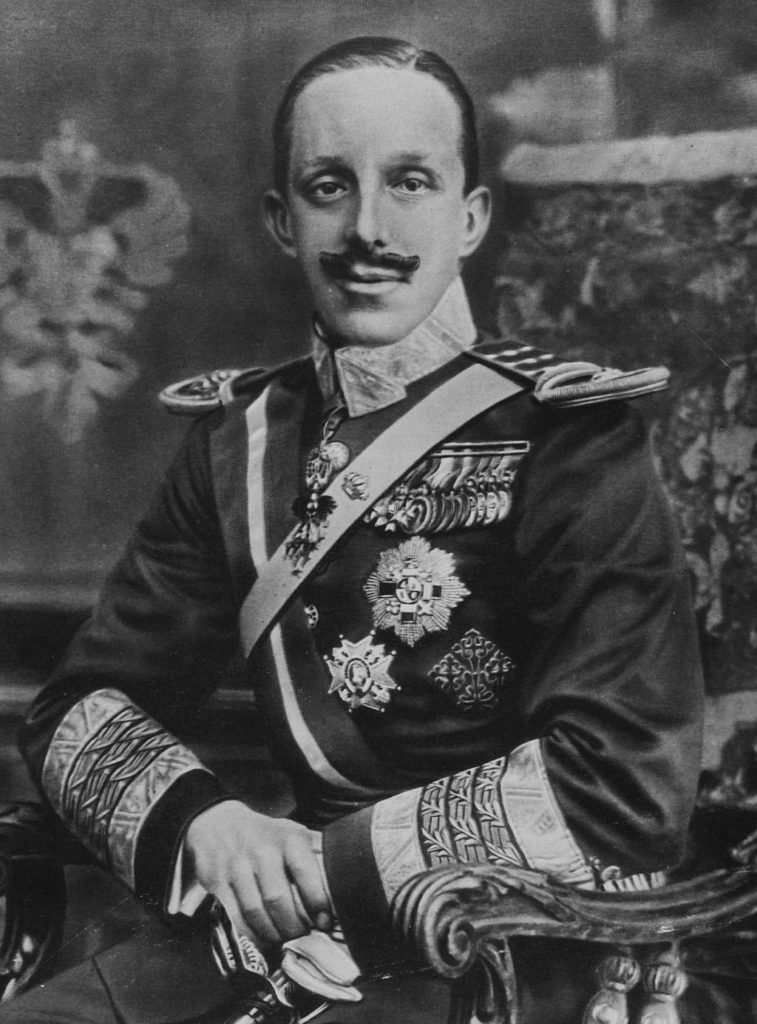
Alfonso XIII became king before he could spend a night on earth! And how is he not number one on this list? We’ll soon find out! The King of Spain didn’t take on the king’s responsibility until he was 16.
Alfonso fled Spain after the 1931 elections after the victory of the Socialist and Republican parties, which demanded he forfeits his crown and destroys the monarchy. He left after the elections without formally relieving himself of kingly duties. He never returned.
Did You Know?
Alfonso III is referred to as “the playboy king” by some historians. He was known for his promotion and collection of Spanish pornographic films, extramarital affairs, and several illegitimate children.
1. Shah Shapur II
Age: Before Birth
Born: 309
Dynasty: Shahanshah of the Sassanian Empire
Reign: 309-379
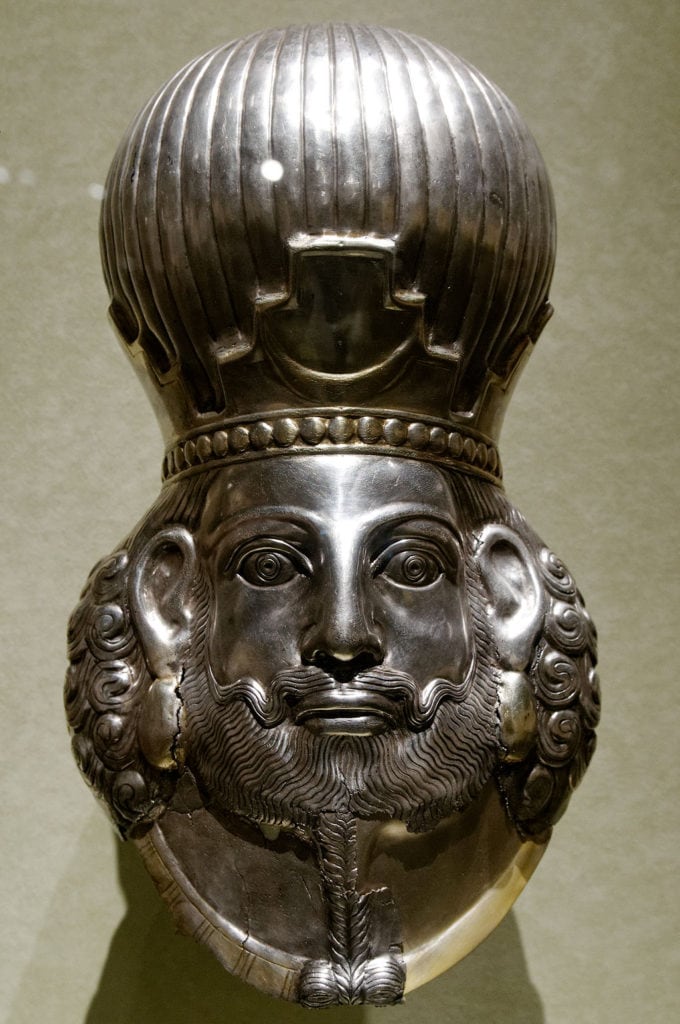
Shapur II is the youngest king of all time!
Shapur II the Great was crowned King of Persia before there was even a head to put it on. That’s because he was bestowed the title while still in his mother’s womb. The next best thing was to put the crown on his mother’s stomach!
He ruled the Sassanian Empire of Persia after his father’s death, but it wasn’t until he turned 16 that he stepped into the role of full-time king and became responsible for the entire scope of the job.
Did You Know?
Shapur II created several cities. One of which was a royal city called Eranshahr-Shapur, where he housed Roman prisoners of war.











